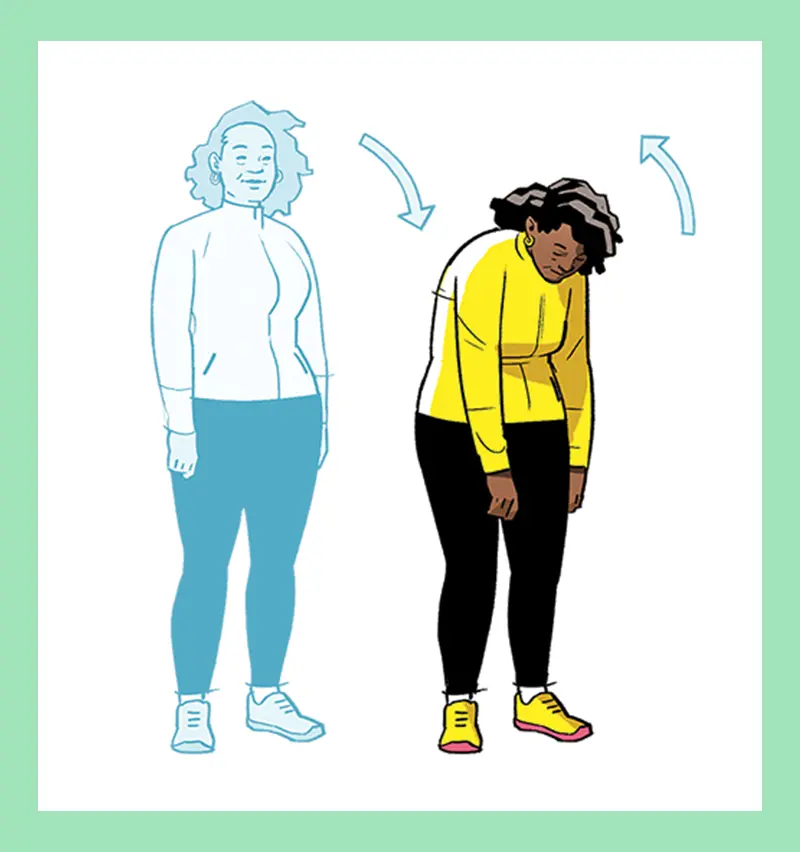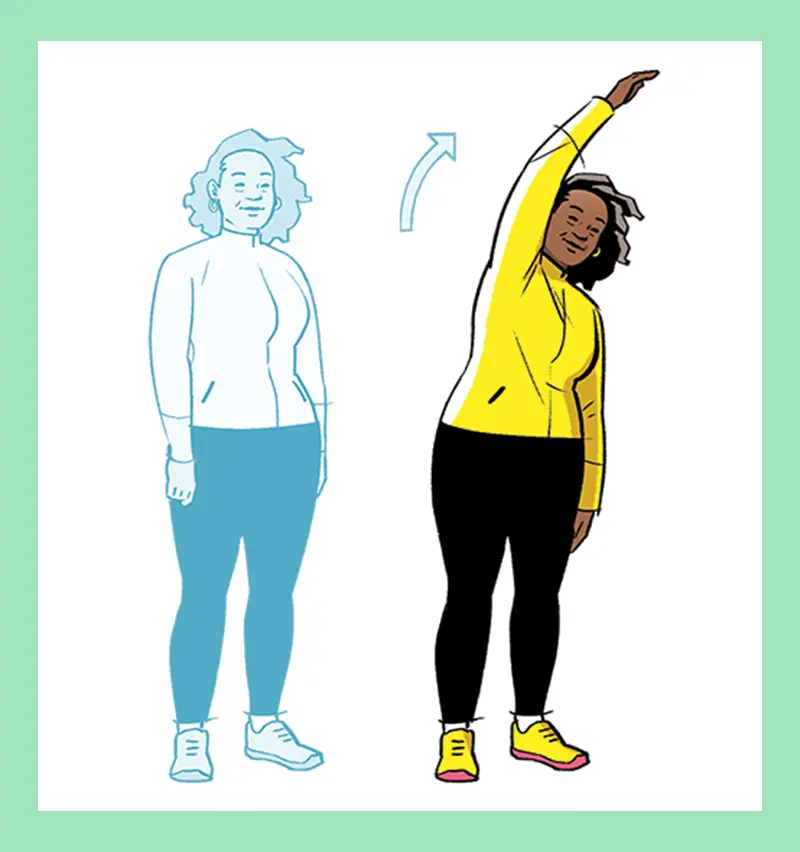“All my clients know they need to do some kind of exercise to stay mobile and keep their quality of life,” says Carole Ito, a certified fitness trainer who works with older adults.
And it’s a fact. Doing specific types of exercise regularly has been shown to have a significant impact on your health and wellness, keeping you strong, protecting against dementia, improving balance and keeping you limber. It even improves your mood!
Before you start: Talk to your doctor before starting a new exercise routine if it has been a while since you’ve exercised, and if you have any health issues or concerns.
The recommended physical activity guidelines for adults in Canada consist of moderate to vigorous aerobic physical activities for a total of at least 150 minutes per week and muscle-strengthening activities using major muscle groups at least twice a week. So how often you do these wellness exercises depends on what else you do during the week.
Stay strong
We lose three to five per cent of muscle mass per decade after the age of 30, says Sheryl Fieldstone, a functional aging specialist at Westside Recreation Centre in Calgary. With the loss of muscle mass comes a decrease in functional strength, mobility and balance. It’s also a factor in frailty and falls. Fieldstone recommends a regular strength-training class, online or in person, to maintain your muscle strength and the ability to participate in daily activities. “Remember, this isn’t about building big muscles. We are trying to regain the strength we’re losing every year.” Here are three exercises to try at home.

Chair squat:
Stand in front of a chair, facing away from it with feet shoulder-width apart. With spine neutral, head and chest raised, and core engaged, lift arms in front for balance. Slowly lower hips down and back. Tap the chair with your butt, then move hips forward and back up to starting position. Repeat two to three sets of eight to 10 repetitions.

Wall push-up:
Stand about an arm’s length away from a wall. Place palms flat against the wall at shoulder level. Bend elbows and lower your body toward the wall, keeping back straight and abs engaged. Pause, then push yourself away from the wall until arms are extended. Repeat two to three sets of eight to 10 repetitions.

Chair plank:
Place a chair against a wall with the seat facing you. Face the chair and place the heels of your hands on the outside edges of the seat. Slowly walk your feet backward until your body forms a straight line from head to feet. Hold for 10 seconds. Slowly walk your legs back toward the chair until you can stand. Repeat two to three times.
Brain health
“Exercise is one of the greatest modifiable risk factors against developing dementia,” says Jennifer Heisz, associate professor in the Department of Kinesiology at McMaster University and the Canada Research Chair in Brain Health and Aging. When your heart and lungs are functioning optimally, the rest of your body does too, including the brain, says Heisz, author of Move the Body, Heal the Mind. Exercise helps to promote blood flow, which delivers nutrients the brain needs to thrive. Lactate, for example, builds up in muscles during vigorous exercise and travels to the hippocampus, the region in the brain responsible for memory, she says. Here are three levels of a walking program for brain health created by Heisz.
Basic wellness walk:
Walk for 30 minutes at a comfortable, easy pace.
Interval walk:
Warm up with a five-minute wellness walk. Then, for three minutes, walk at a faster pace (a brisk walk or easy jog). Use the “talk test” to check that you’re working hard enough — you shouldn’t be able to talk comfortably. Slow to the more comfortable pace for three minutes. Alternate these paces five times. Cool down with a five-minute wellness walk.
Memory-booster walk:
Warm up as above. Walk up a gradual hill for four minutes and then walk down the hill. Repeat the hill walk four times. Cool down with a five-minute wellness walk.
Stay positive
The pandemic taught us how important exercise is to our mental health, says Fieldstone. “Every person will benefit from better mental health after exercise. And it can be something different for each person: social time for those who live alone, the endorphin rush from aerobic exercise, lower stress levels, the satisfaction of achieving a goal, or just feeling joy and fun.” What to do? If you enjoy music, take a dance class where they play music you like or exercise on your own to your favourite tunes. Join a gym with friends, take up an activity you loved as a child, learn a new sport. What’s important is finding an activity that you enjoy, says Fieldstone.
Better balance
Research has shown that practising tai chi is an efficient exercise for improving balance and balance confidence in older adults. “It’s probably the single most important thing people can do for their balance,” says David Stark, tai chi instructor at Westside Recreation Centre in Calgary. Tai chi is a slow-motion exercise done with slow and deliberate body movements and deep breathing. In almost every move, participants are moving from one foot to the other and constantly re-weighting the body and improving balance, says Stark. Sign up for an in-person class at your local community centre, yoga studio or fitness club.
Flexibility
We spend a lot of time on activities where the spine is in flexion or hunched forward — at the computer, watching television, sitting — says Ito. She recommends loosening up with this standing spine sequence. “Do movements slowly and try to feel the incremental movement through your spine,” she says.
Standing spine sequence

- Stand with legs shoulder-width apart.
- Slowly curl down through your spine — drop your head, curl through your upper back, bend your knees and let arms hang down to the floor. Hold for a few seconds (and feel the stretch in your back). Reverse the motion, rolling back up slowly to standing.

- Place hands at the top of your hips and lift your chest to the ceiling, keeping your neck in line with your spine. Hold for a few seconds. Release and return to starting position.

- Raise one arm overhead and reach up and over your body, crossing over your midline and lifting from below your shoulder. Return to starting position and repeat on the other side.

- Put hands behind your head, and while keeping hips fairly square to the front, rotate your shoulders to the left and then to the right.
- Repeat the entire sequence five times.










